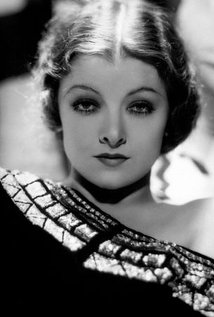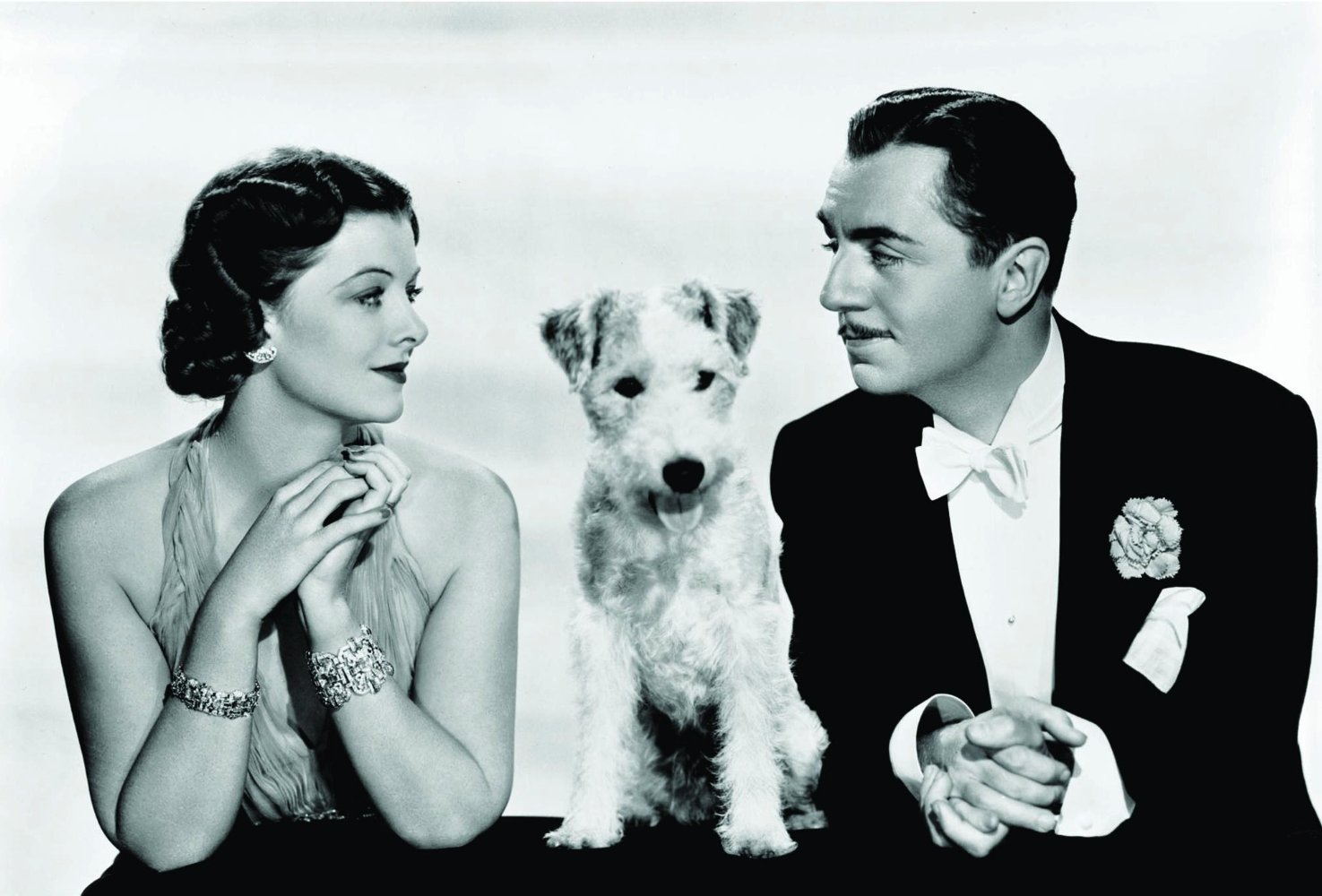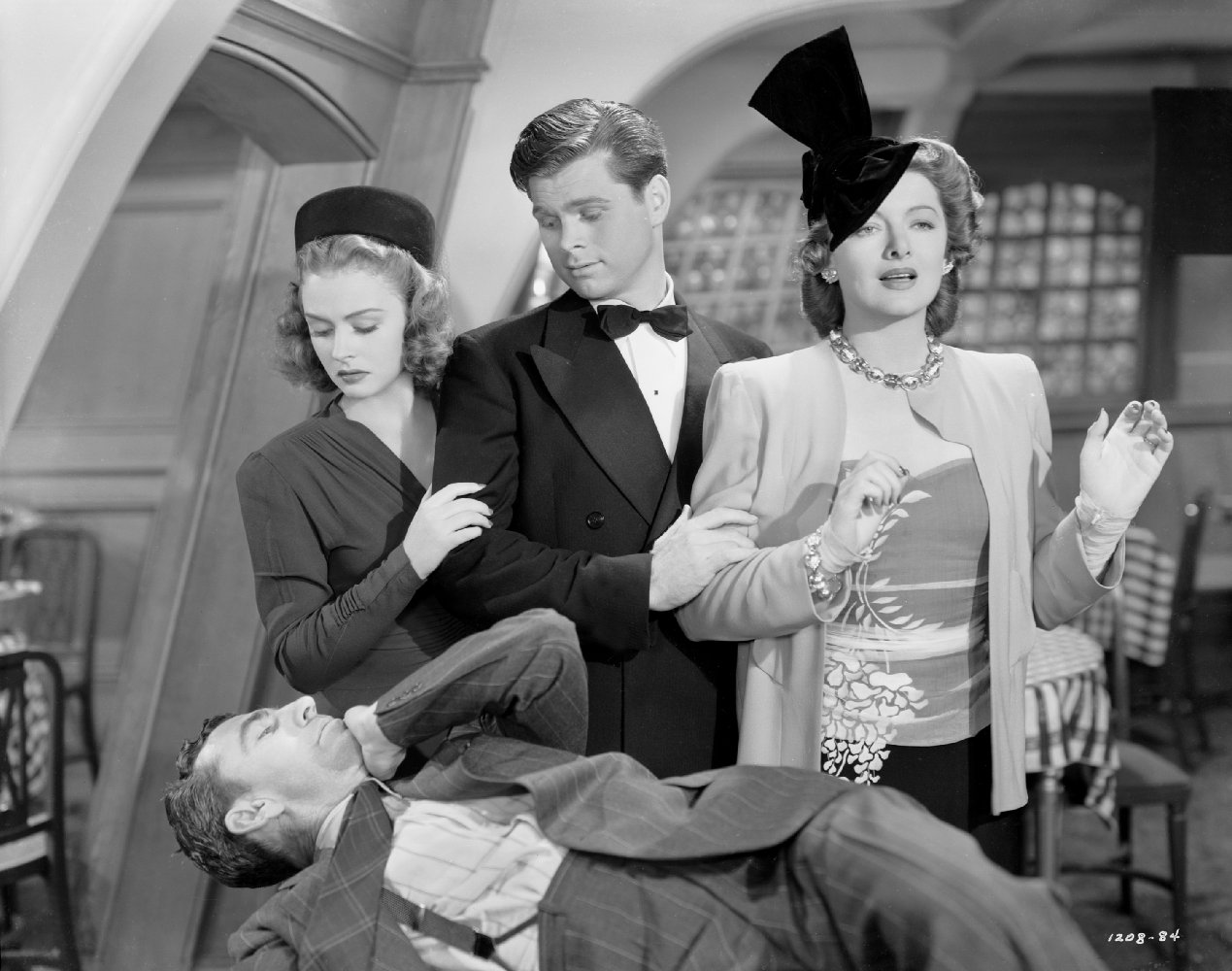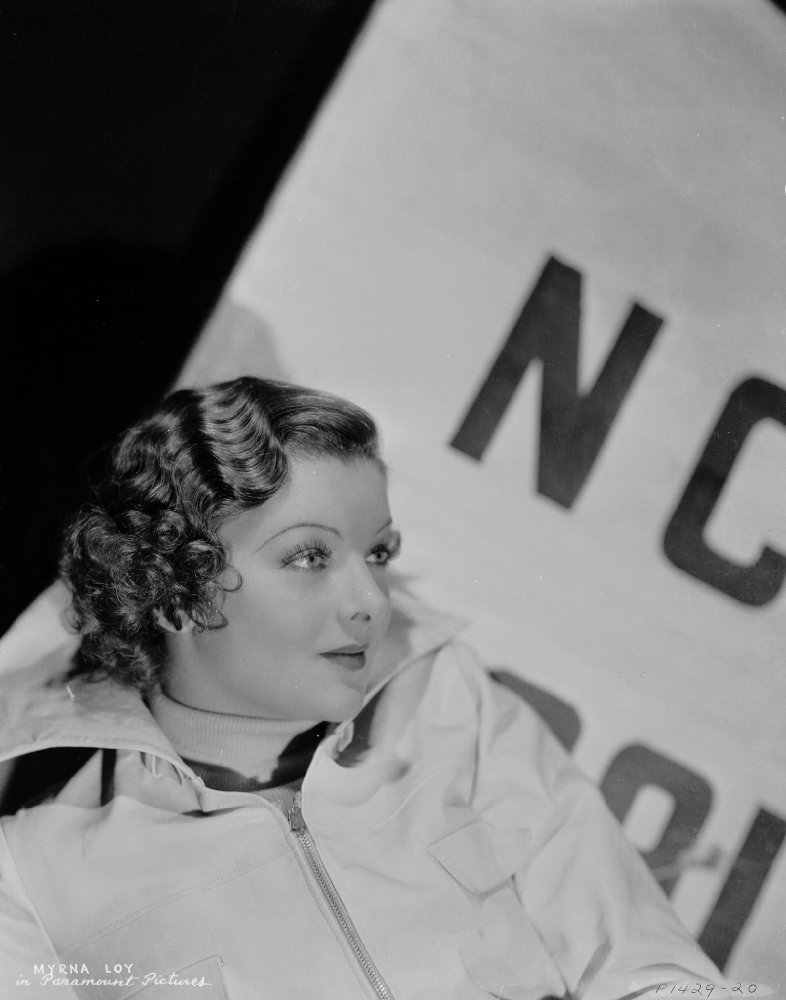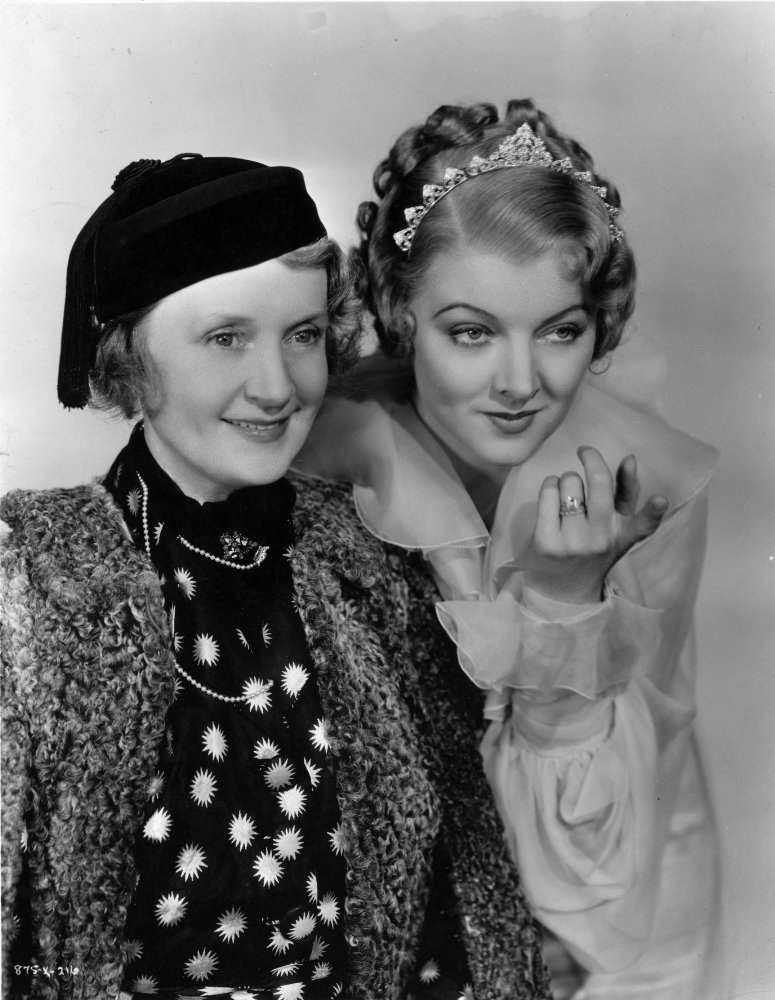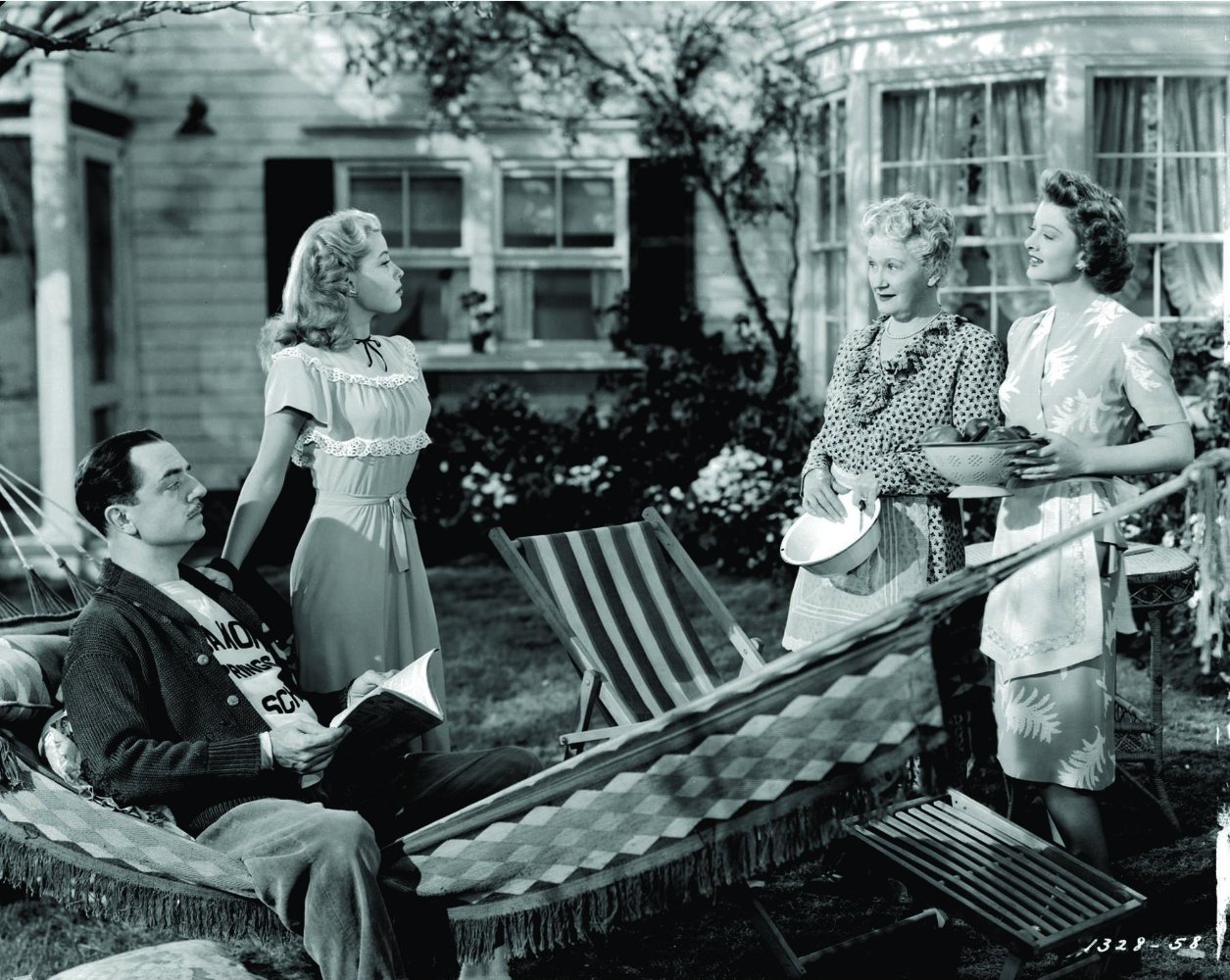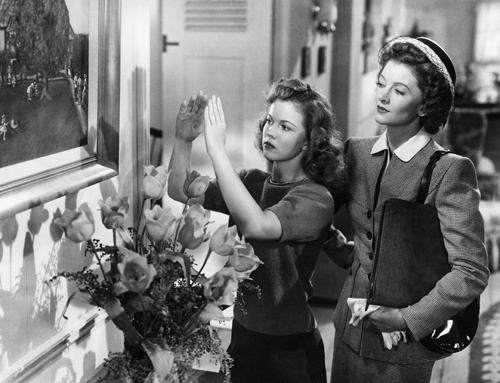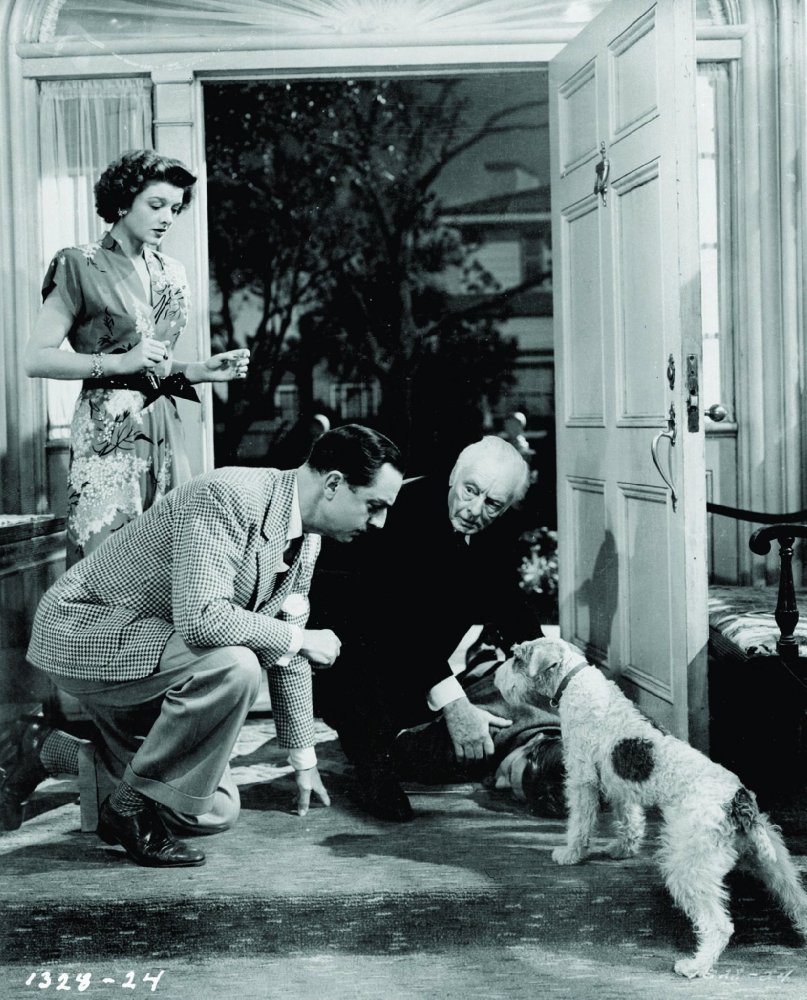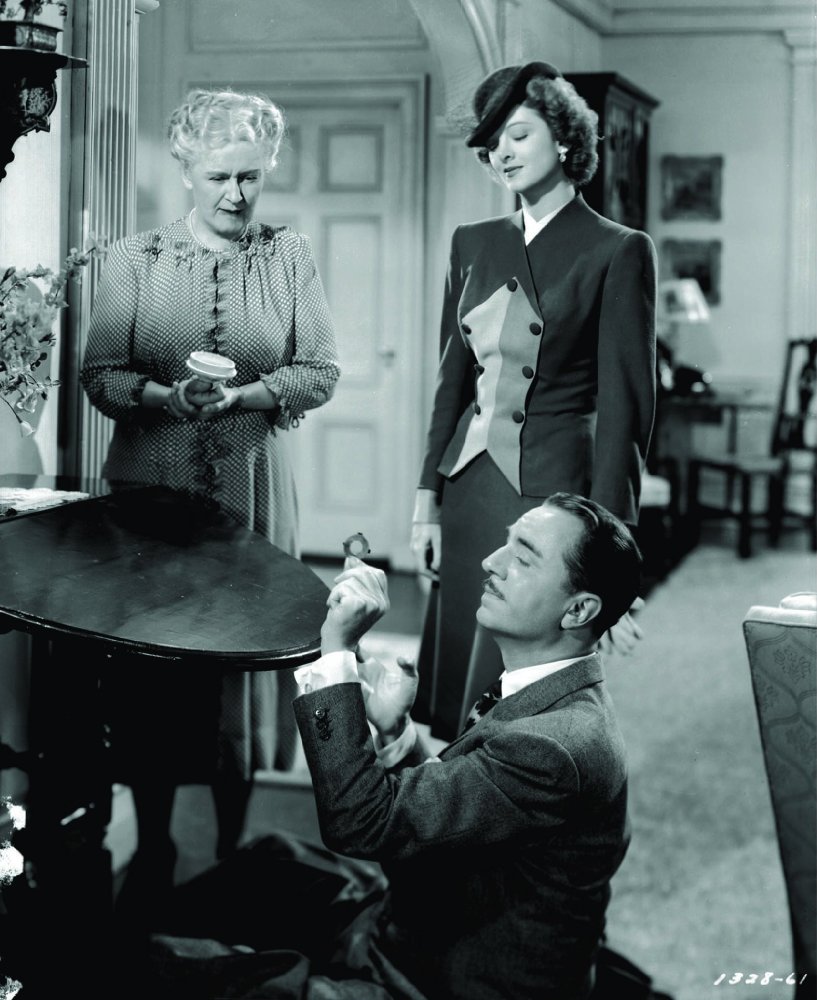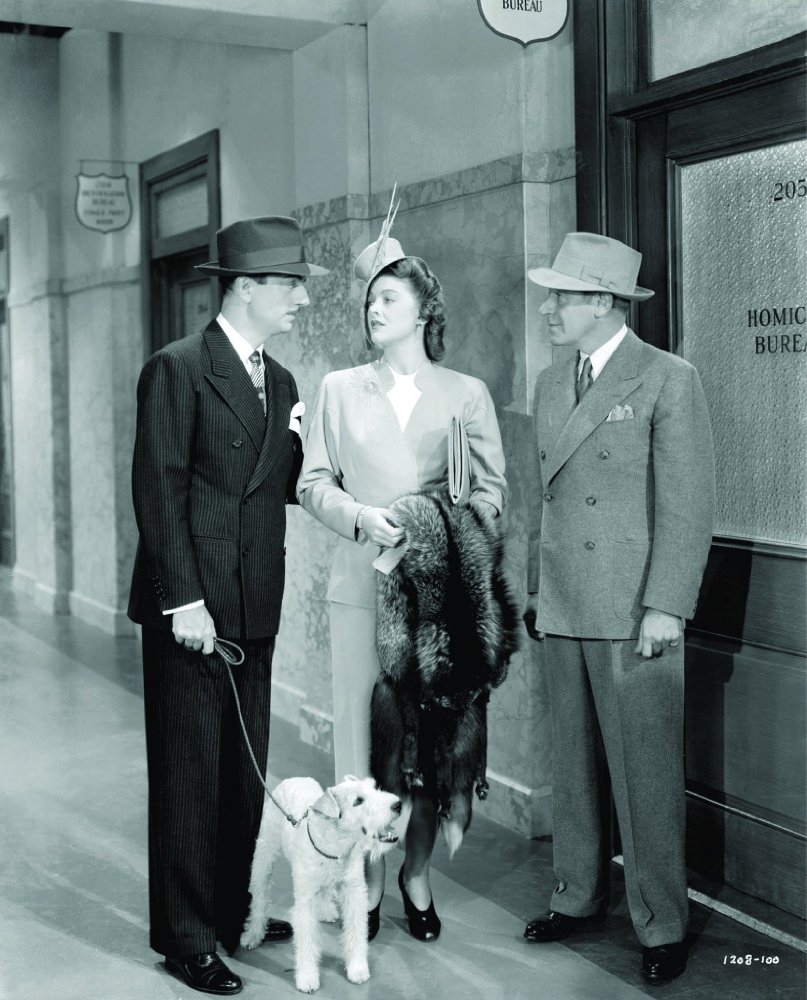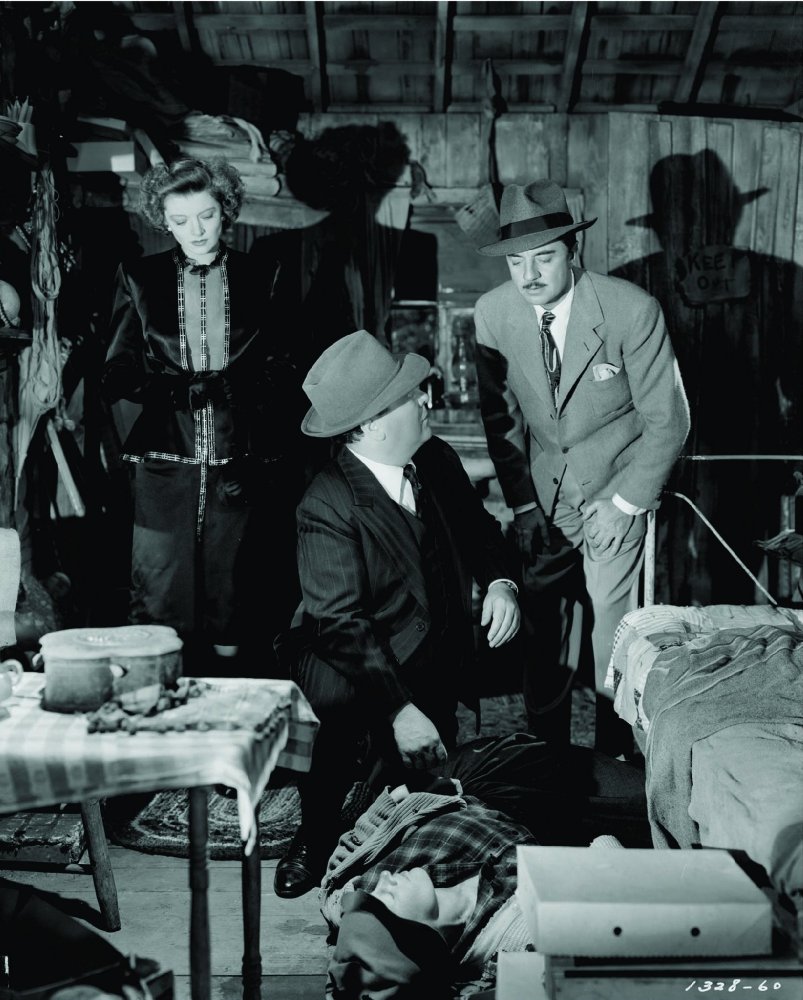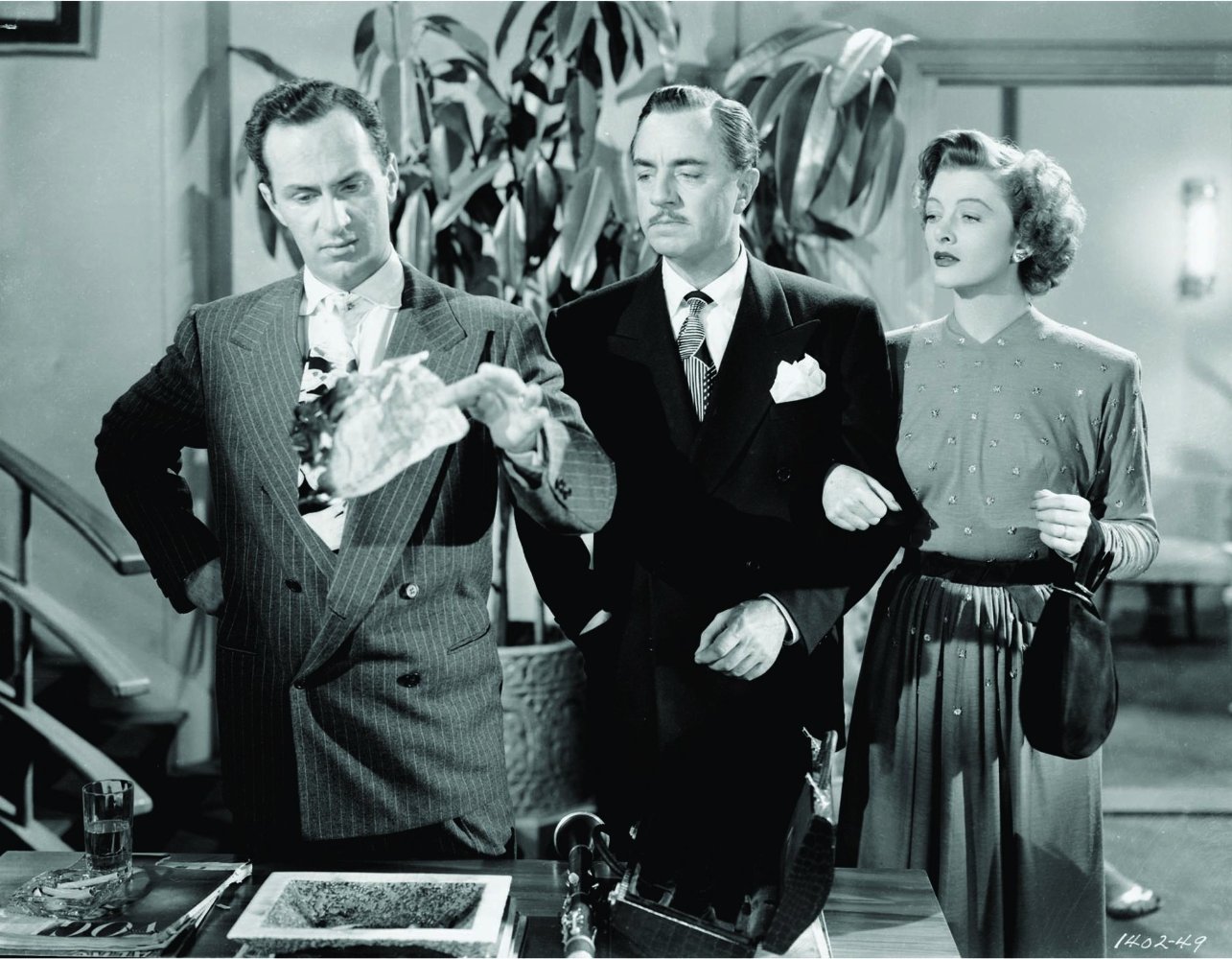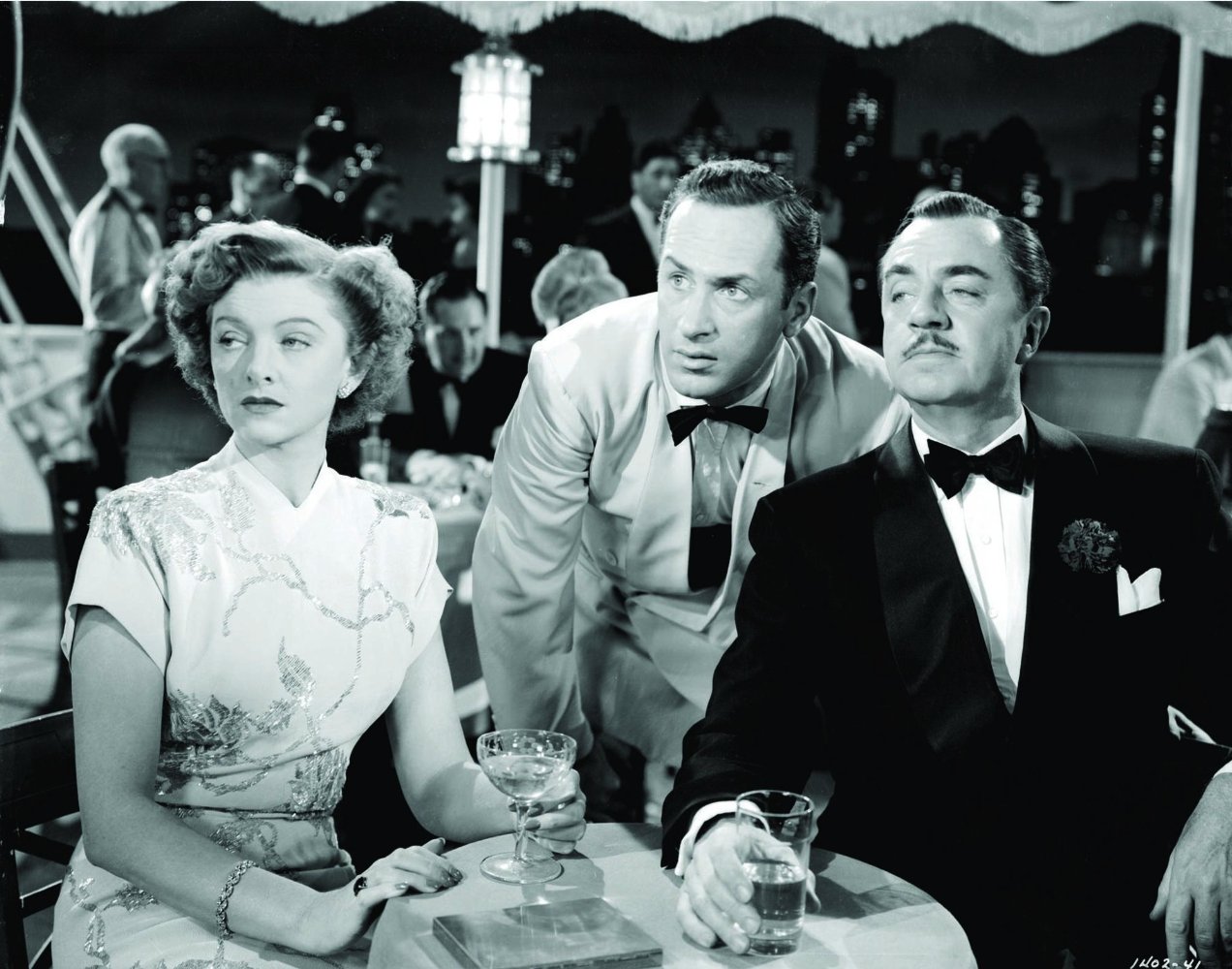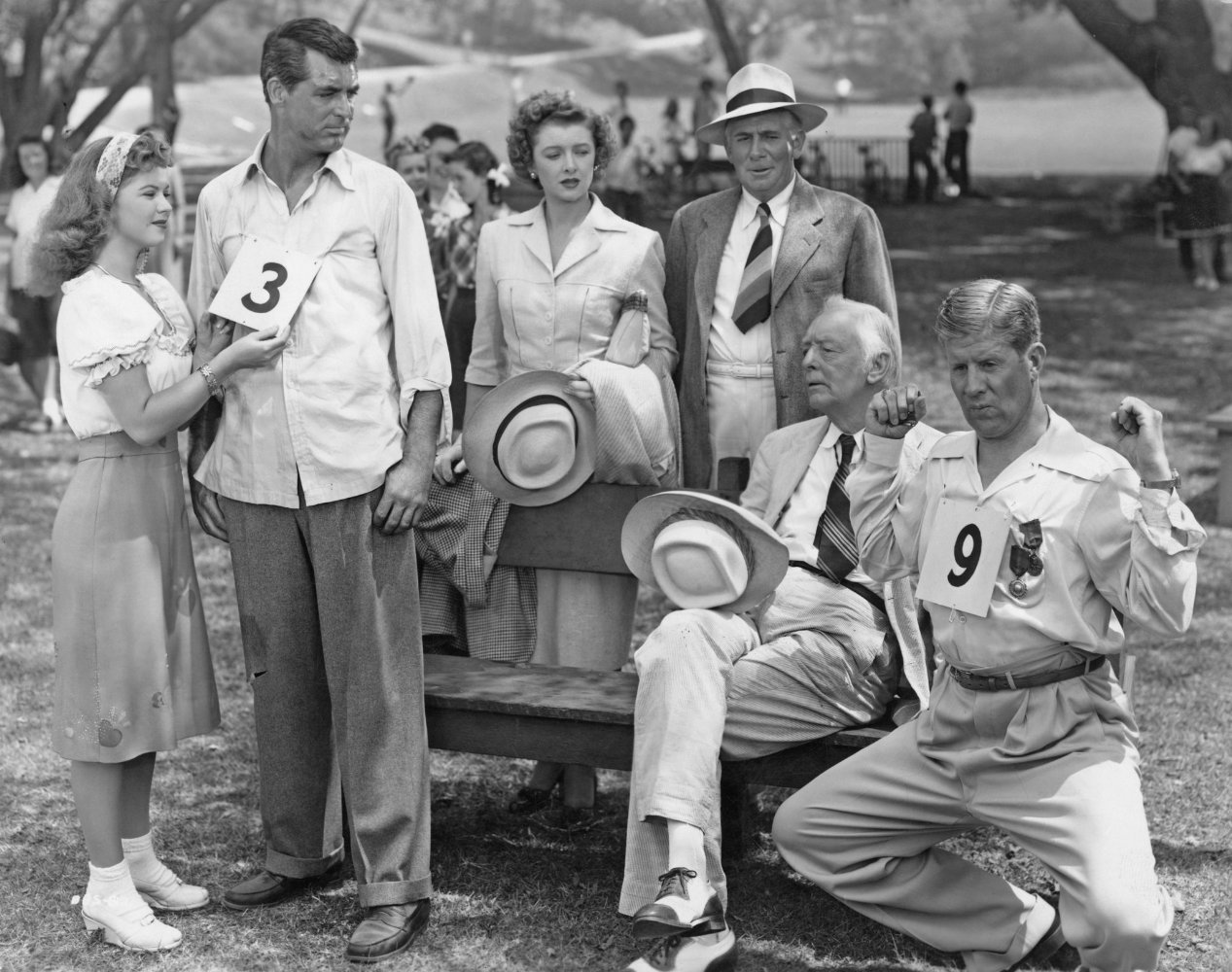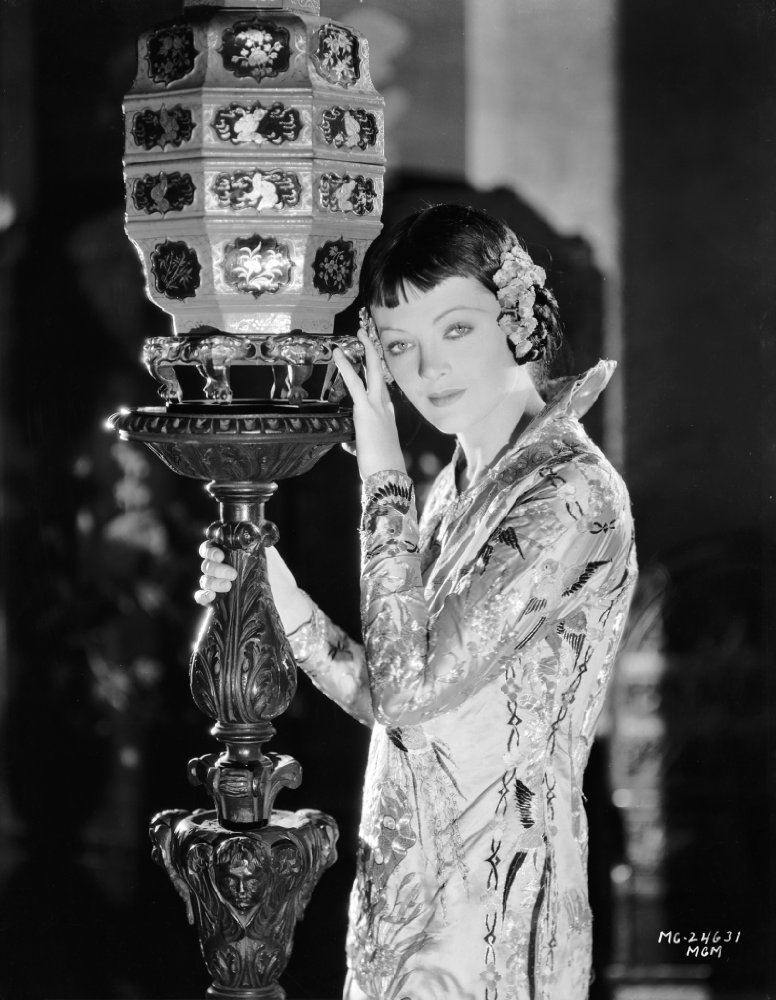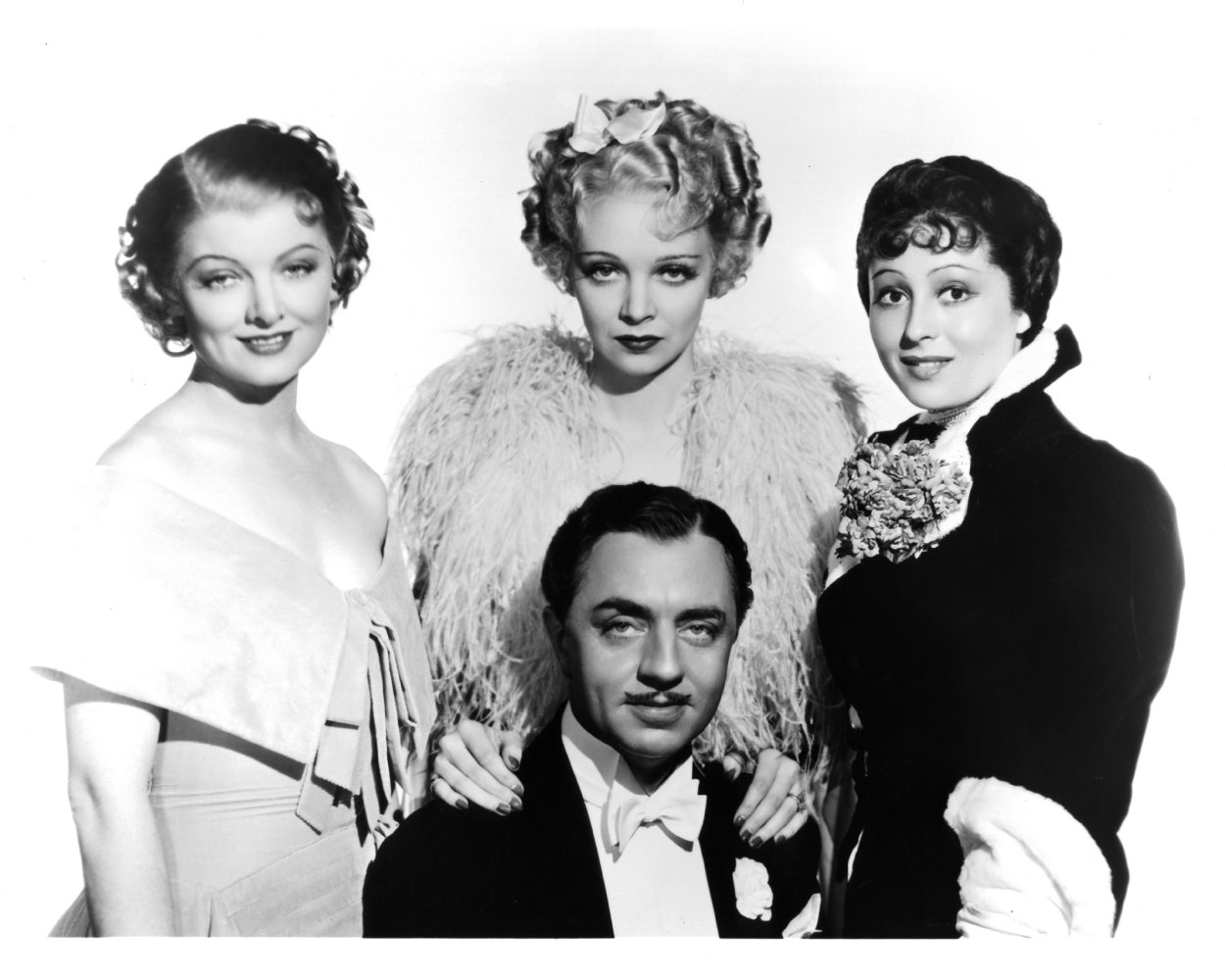Myrna Loy was born Myrna Adele Williams on August 2, 1905 in Helena, Montana, to Adelle Mae (Johnson) and David Franklin Williams. Her paternal grandparents were Welsh, and her mother was of Scottish and Swedish descent. Myrna was raised in Helena and nearby Radersburg. Her father, a rancher, was the youngest person ever elected to the Montana Stat...
Show more »
Myrna Loy was born Myrna Adele Williams on August 2, 1905 in Helena, Montana, to Adelle Mae (Johnson) and David Franklin Williams. Her paternal grandparents were Welsh, and her mother was of Scottish and Swedish descent. Myrna was raised in Helena and nearby Radersburg. Her father, a rancher, was the youngest person ever elected to the Montana State legislature.At the age of thirteen, Myrna's father died of influenza, and the rest of the family moved to Los Angeles. She was educated in L.A. and the Westlake School for Girls where she caught the acting bug. She started at the age of 15 when she appeared in local stage productions in order to help support her family. Some of the stage plays were held in the now famous Grauman's Theater in Hollywood. Mrs. Rudolph Valentino happened to be in the audience one night who managed to pull some strings to get Myrna some parts in the motion picture industry.Her first film was a small part in the production of What Price Beauty? (1925). Later, she appeared the same year in Pretty Ladies (1925) along with Joan Crawford. She was one of the few stars that would start in the silent movies and make a successful transition into the sound era. In her silent films, Myrna would appear as a Theda Bara-like, exotic, femme fatale. Later in the sound era, she would become a refined, wholesome character. Unable to land a contract with MGM, she continued to appear in small, bit roles, nothing that one could really call acting. In 1926, Myrna appeared in the Warner Brothers film called Satan in Sables (1925) which, at long last, landed her a contract. Her first appearance as a contract player was The Caveman (1926) where she played a maid. Although she was typecast over and over again as a vamp, Myrna continued to stay busy with small parts. Finally, in 1927, she received star billing in Bitter Apples (1927). The excitement was short lived as she returned to the usual smaller roles afterward.Myrna would take any role that would give her exposure and showcase the talent she felt was being wasted. It seemed that she would play one vamp after another. She wanted something better. Finally her contract ran out with warner and she signed with MGM where she got two meaty roles. One was in the The Prizefighter and the Lady (1933), and the other as Nora Charles in The Thin Man (1934) with William Powell. Most agreed that the Thin Man series would never have been successful without Myrna. Her witty perception of situations gave her the image that one could not pull a fast one over on the no-nonsense Mrs. Charles. After The Thin Man (1934), Myrna would appear in five more in the series. Myrna was a big box-office draw. She was popular enough that, in 1936, she was named Queen of the Movies and Clark Gable the king in a nationwide poll of movie goers. Her popularity was at its zenith. She continued to make films through the 40s and 50s but the roles were fewer and fewer. By the 1960's the parts had all but dried up as producers and directors looked elsewhere for talent.In 1960, she appeared in Midnight Lace (1960) and was not in another until 1969 in The April Fools (1969). The 1970s found her in TV movies, not theatrical productions. Her last film was in 1981 called Summer Solstice (1981). By the time Myrna passed away, on December 14, 1993, at the age of 88, she had appeared in a phenomenal 129 motion pictures. She was buried in Helena, Montana.
Show less «

